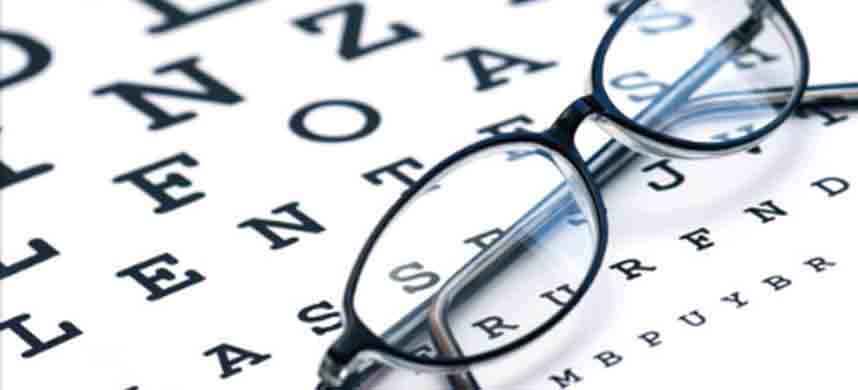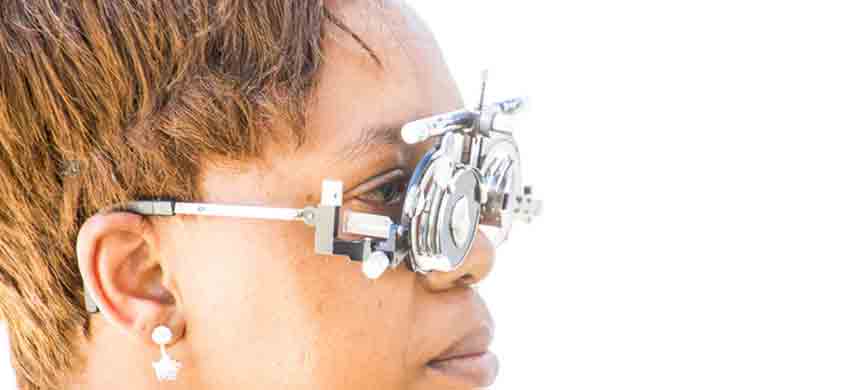
Starting to feed a baby solid foods is an exciting moment for parents. However, it comes with a lot of questions and concerns, especially about food allergies. What are the symptoms? What foods are most likely to cause allergies in babies? How do you avoid them?
Symptoms of Food Allergies
Food allergy symptoms usually appear almost immediately or after a short time after the food is eaten. These include:
-
- Hives or welts- An outbreak of swollen, pale red bumps or plaques on the skin that appear suddenly.
- Flushed skin or rash- An abnormal change in skin colour or texture. There are many types of rashes, including eczema.
- Face, tongue, or lip swelling
- Vomiting and/or diarrhoea
- Coughing or wheezing- breathing with a whistling or rattling sound in the chest.
- Difficulty breathing
Severe allergic reactions can be fatal very quickly. If your baby is having trouble breathing/wheezing, has swelling on her face/lips, or develops severe vomiting or diarrhoea after eating, seek medical attention immediately.
Did you know that it is possible for babies to have allergic reactions to foods before they start eating them? This is because they can develop allergies to the foods that their mother eats, through breastfeeding.
These are the most common allergenic foods for babies:
- Milk
- Egg
- Peanuts
- Tree nuts (such as walnuts or almonds)
- Fish
- Shellfish
- Soy
- Wheat
Breastfeeding your baby for 4-6 months is the best way to prevent a milk allergy. Breast milk or formula is higher in nutrition. Introducing whole milk should be done under a doctor’s advice. Further, it’s most important to introduce a baby to new foods gradually in case of food allergies. Bringing in new foods into the diet one by one is most recommended by doctors.
Remember, just because a baby’s initial allergic reaction to a new food may be mild, it may get worse upon following exposures. Talk to your paediatrician about any food allergy symptoms in your baby.



